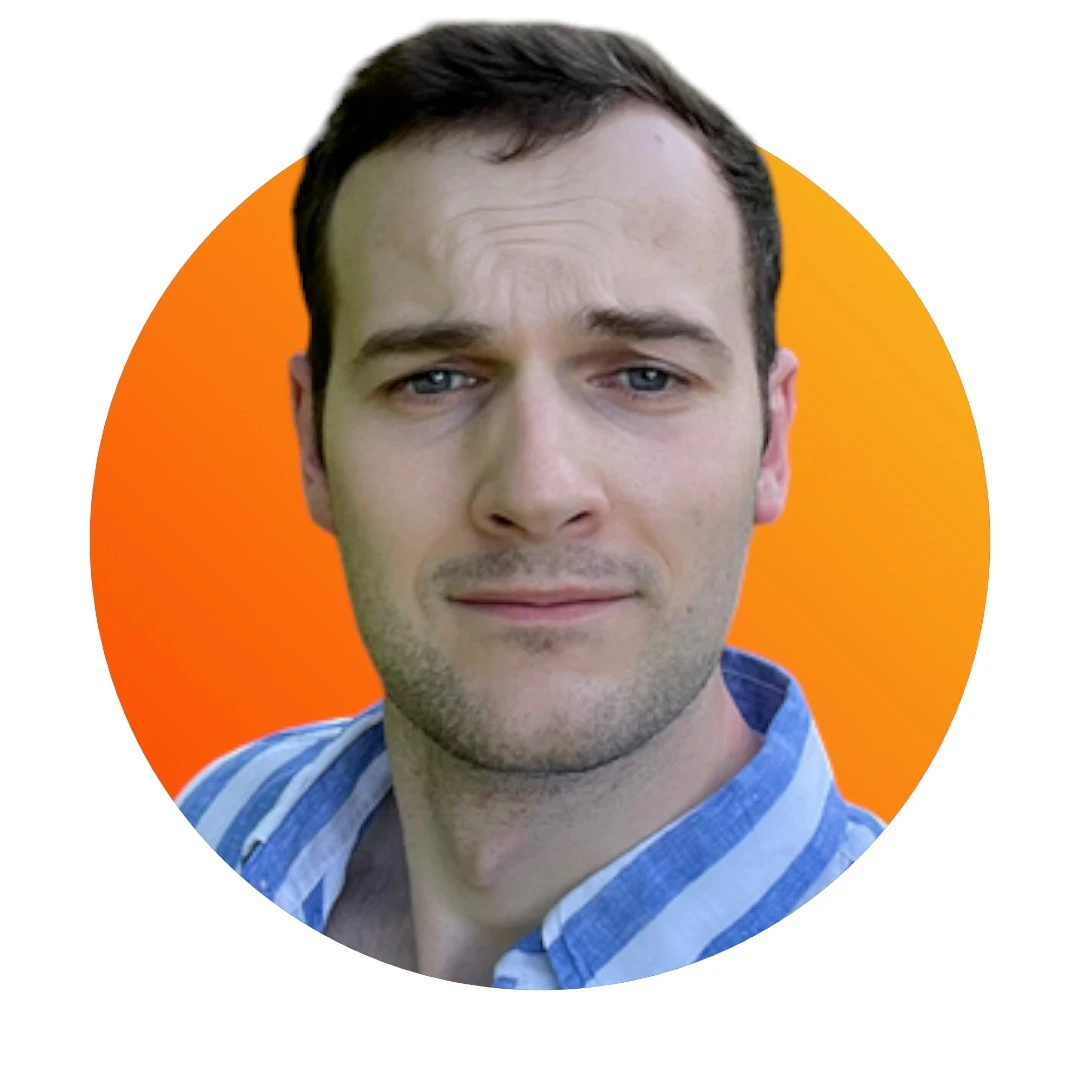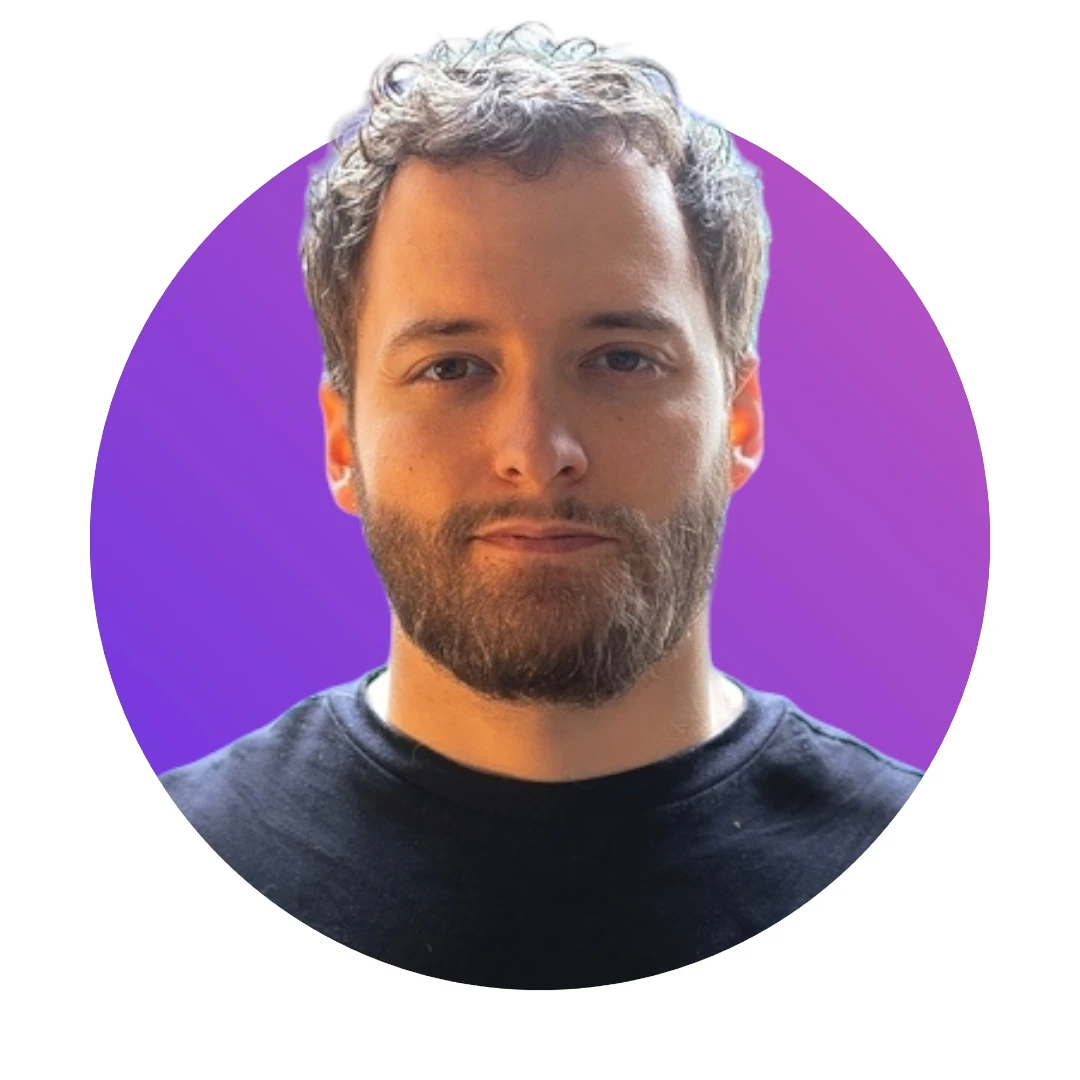From around the world to Photoroom: How we attract and nurture global talent

Although founded in Paris three years ago, only 1% of our revenue at Photoroom comes from France. This isn't by accident but instead a very intentional part of our business strategy. At launch, we shipped in 15 languages. In 3 months, we had shipped 28 languages. Our first app store feature came from Vietnam, and our first PR coverage came from Japan.
Achieving such rapid success internationally comes down to our teams. Today, we have over 45 employees from 15 countries. Our rule is that 30% of our total workforce at all times must be international. Here’s why we hire globally and more about how we help our international employees succeed.
You can’t build an international product without an international team
Photoroom is an international product. Our app has been downloaded over 60 million times in 180 countries and we're currently developing our B2B business vertical with key customers in Asia, Europe and beyond. We didn't achieve this by hiring a team of 30 white French men with the same educational backgrounds.
The best way to fail while building an international product is to hire a non-diverse team. I unfortunately learnt this the hard way before Photoroom. At Stupeflix, we built a award winning video editing app which GoPro acquired.
One day, in our GoPro user interview lab, we discovered someone who loved our video templates. He kept playing with the animations. We were excited and asked him to export his favorite video and share it with a friend. To our surprise, he didn’t want to do this. After several minutes of digging, we discovered that he would never share any templates with his friends because, as an Asian American, he felt that the templates made his skin look yellower.
Our team learned right then and there the importance of making sure what you build speaks to customers beyond your own demographic. This experience and others have led us to approach things differently at Photoroom. We prioritise diversity in our teams to ensure a healthy mix of perspectives and experiences.
To set international employees, and ultimately, our business up for success, we’ve focused our internal culture and operations on making sure we can hire and retain global talent.
How we help international team members succeed
Setting international team members up for success starts with recruitment. Our People team is just as global as the rest of our crew. Marion, our Head of People is French. Another one of our recruiters, Cody, is American. We don’t stop at recruitment, though. We’ve designed our entire company culture and onboarding process to support our international team.
English-first culture
At Photoroom, we made a very conscious decision to use English as our main working language. Not only do we use English for all documents, but as we added more global employees to our team, we shifted to speaking in primarily English too. We made this decision at our first company off-site in Saint-Malo, right after COVID. I won’t lie, I had a hard time switching! Not because of my fluency in English, but because I learned that our brains often associate one language with one relationship. So switching to English with my co-founder Eliot was tricky. But it was worth it.
This policy extends even to visitors of our Paris office — we ask them to switch to English immediately they arrive, regardless of who they are. Given the feedback we’ve received, I believe we are quite unique to put it in practice to that extent. But the impact is undeniable. Using English throughout the business removes any barriers for communication, creating an inclusive environment for every Photoroomer. As an unexpected side effect, it created a strong bias for French teammates who love this international culture and lived abroad at some point in their life.
International tools and partners
We always try to approach our work with an international mindset and often look for partners who align with our vision of building a strong and diverse team from Europe. For our seed round, we raised funds from 16 international investors. Only 4 of them are French expats, and none of them live in France. This global support has been invaluable to our growth.
On the team side, we use tools like PayFit and Deel to make the international hiring logistics easier and more accessible.

Relocation support
Photoroom is headquartered in Paris. Employees can choose to live and work in Paris, or take advantage of our hybrid or remote work models from anywhere else in Europe.
For those that choose to move to Paris, we know adjusting to the city can be tricky. From visa troubles to language barriers and even cultural adaptation, it’s far from the glamor of Emily in Paris. This. is why we offer a relocation bonus for those who chose to move to Paris.
Our teams are also equipped to support the transition with visa assistance, language classes, and team events. We're intentional about creating a comfortable environment for our international team members. For example, we once decided against a beautiful office with a view of Sacré Coeur in the 18th because we knew that for someone unfamiliar with Paris, getting off at Barbès metro station might make them feel very unsafe.
Flexibility
We equip our teams with the tools and resources needed to work remotely and collaborate effectively with the rest of the business. At the same time, we prioritize in-person connection and only hire candidates living in Europe or willing to relocate, allowing us to bring the team together once a month in Paris with the option to come more often if preferred. This flexibility has helped us attract and retain high-quality talent from all around the world.
And there you have it! Building an international team in Europe isn't always easy, but the rewards have been well worth the effort. We've created a dynamic, diverse, and supportive environment that's helped us grow and thrive as a company.



Design your next great image
Whether you're selling, promoting, or posting, bring your idea to life with a design that stands out.


















